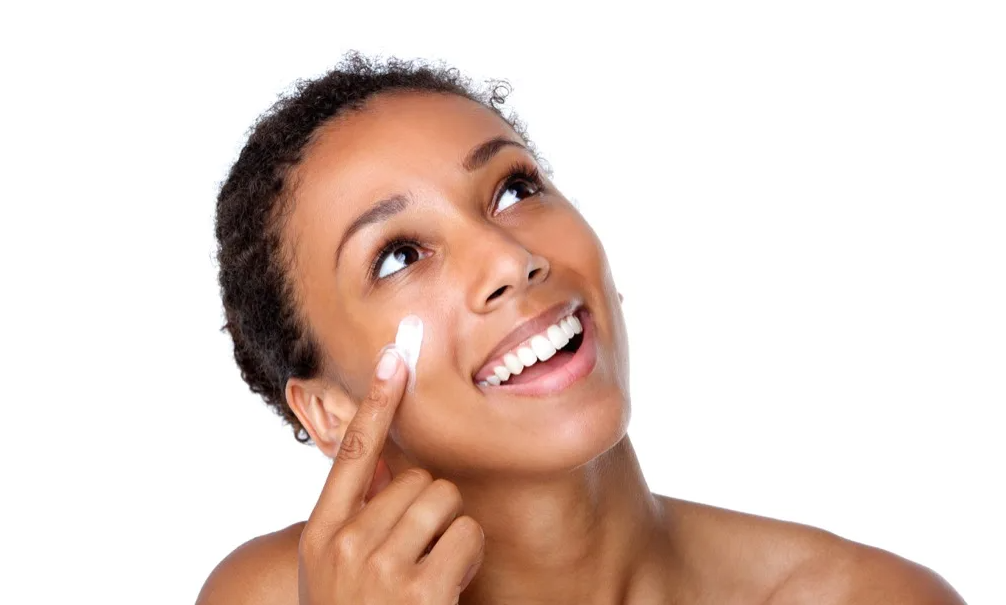Most people want to look good, but sometimes its hard to know how to achieve that. It is not only about the clothes or accessories, but also about your skin. Acne and pimples are some of the most common skin problems that can make you feel insecure about yourself.
There are many beauty products available in the market that can help you get rid of acne and pimples. One of the best ways to go now for a clear skin is by using moisturizing cream on acne-prone skin. But what exactly is moisturizing cream?
Moisturizing cream is a type of lotion that has been specially formulated for sensitive and dry skin. It contains ingredients such as glycerine, aloe vera and vitamin E which help your skin stay hydrated throughout the day. If you have acne-prone skin, then the best thing to do would be to use this product daily after washing your face with water or any other cleanser. This will help keep your skin moisturized while preventing excess oil from building upon it.
Moisturizing cream can be used as an alternative to foundation when you want to cover up certain marks or scars on your face such as acne marks or even stretch marks due to pregnancy.
Precautions When using Moisturizing Cream on Acne-Prone Skin
Acne-prone skin can be very sensitive, so it's important to take precautions when using moisturizing cream on acne-prone skin. If you use the wrong product or overdo it with the application, you could end up with more acne or even an infection.
Consider these tips:
- Choose a lightweight formula. Heavy creams and ointments can clog pores, which will make your skin worse. Look for lotions and gels that are water-based and fragrance-free.
- Apply moisturizer in the morning and evening after cleansing your face with a mild cleanser. Pat dry any excess moisture before applying moisturizer, then apply only to areas that need it most — including the forehead, cheeks and chin — but not the eyelids or around the mouth. If you have oily skin, try using a mattifying lotion instead of a creamy one to prevent shine around the nose and forehead areas during warmer months when you don't need as much hydration.
- Avoid using too much product at once because it can cause irritation or clogged pores on acne-prone skin. Start by using just a dab at first until you find out how much is necessary for your particular skin type. You want to use just enough so that your skin feels smooth and soft; not oily or greasy. This could be less than what other people use on their faces or bodies.
- Look for noncomedogenic ingredients. These are ingredients that don’t clog pores, such as glycerine and hyaluronic acid. Look for these ingredients on the label of any moisturizer you’re considering buying, or ask a dermatologist if there are any specific brands they recommend for acne-prone skin.
- Choose a natural product over an artificial one whenever possible. Artificial ingredients like mineral oil and petrolatum can block pores and cause blemishes — but natural products like jojoba oiland mushrooms have antibacterial properties that can fight off acne-causing bacteria.
Conclusion
In conclusion, using moisturizing cream on acne-prone skin does have benefits for your skin. However, it's important to remember that it may not be worth the extra time and effort for everyone. You should still be sure to consult with your doctor to see which treatment is best for your skin type, as well as with an aesthetician to determine any additional steps you can take to improve your acne. Use the information provided above as a starting place, and then design your own ideal routine from there. Check out some mushroom moisturizers today from shecustoms cream moisturizing products. You'll be glad you did!


